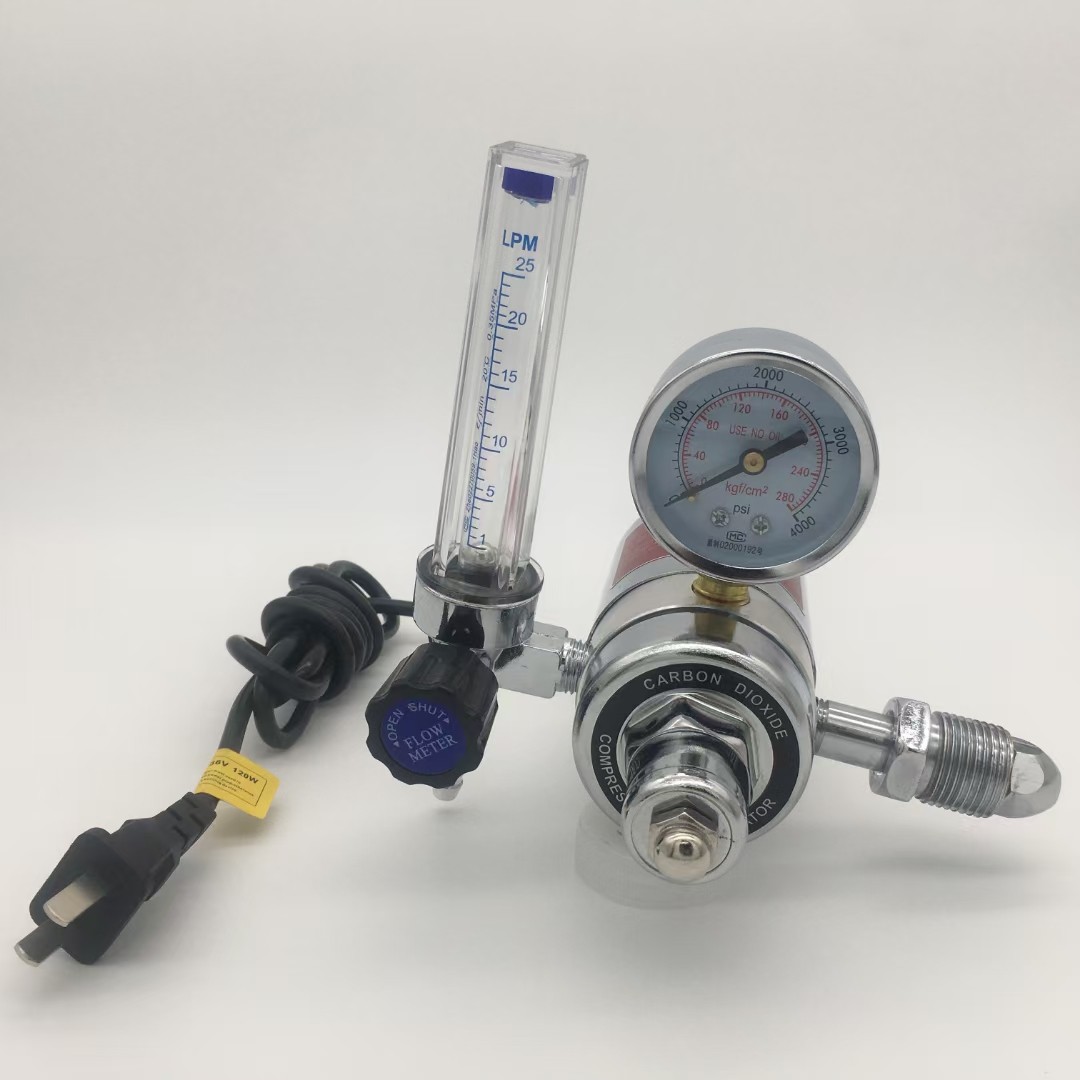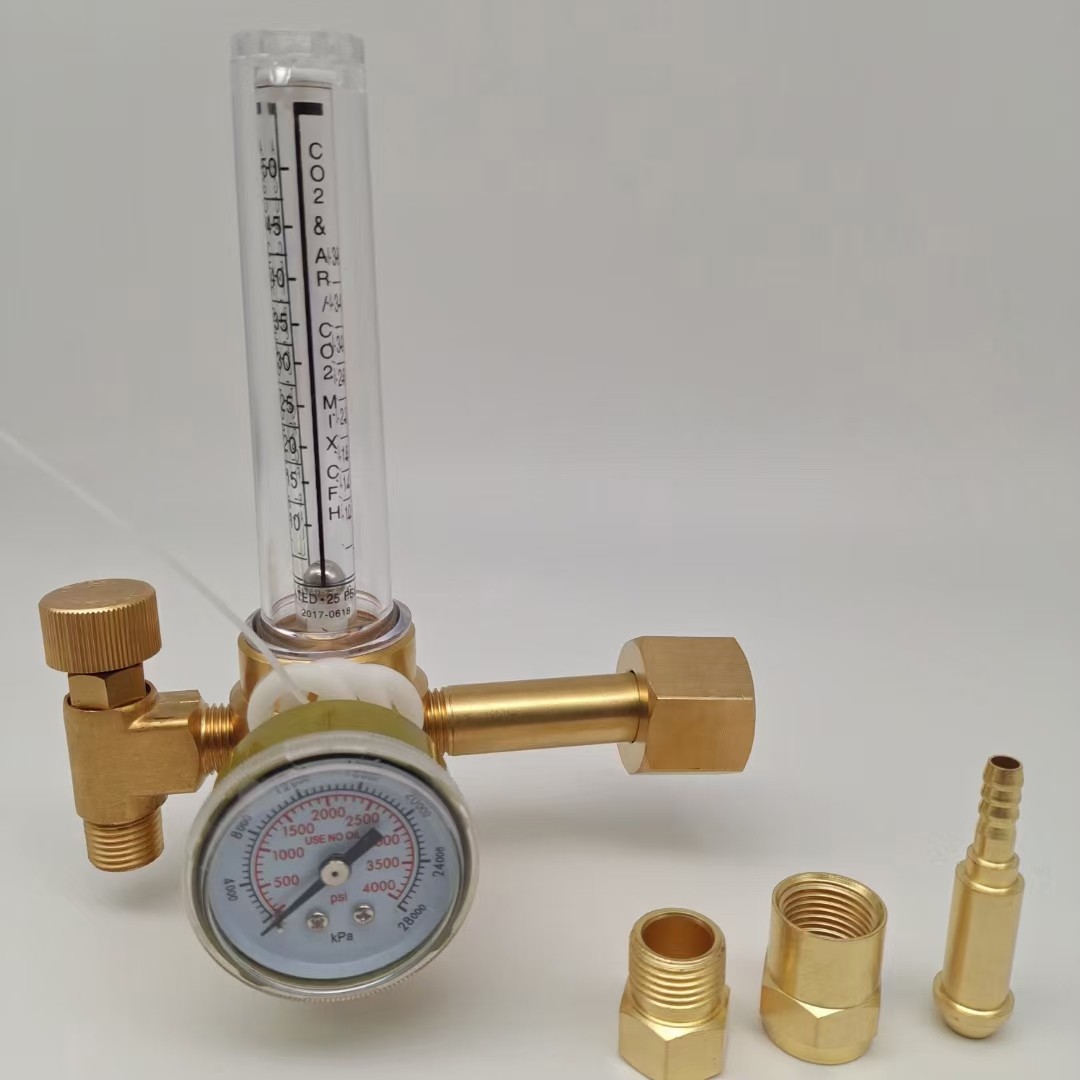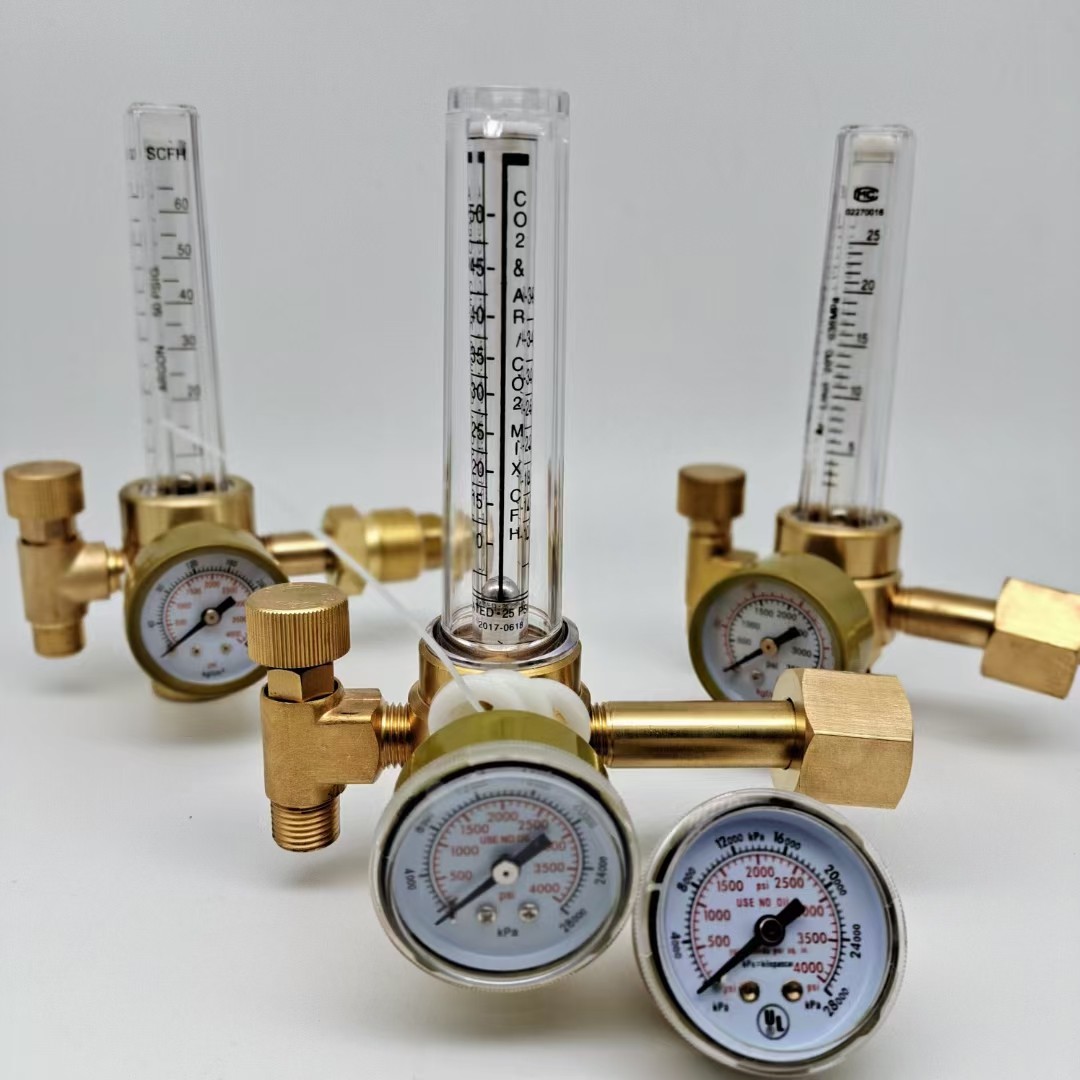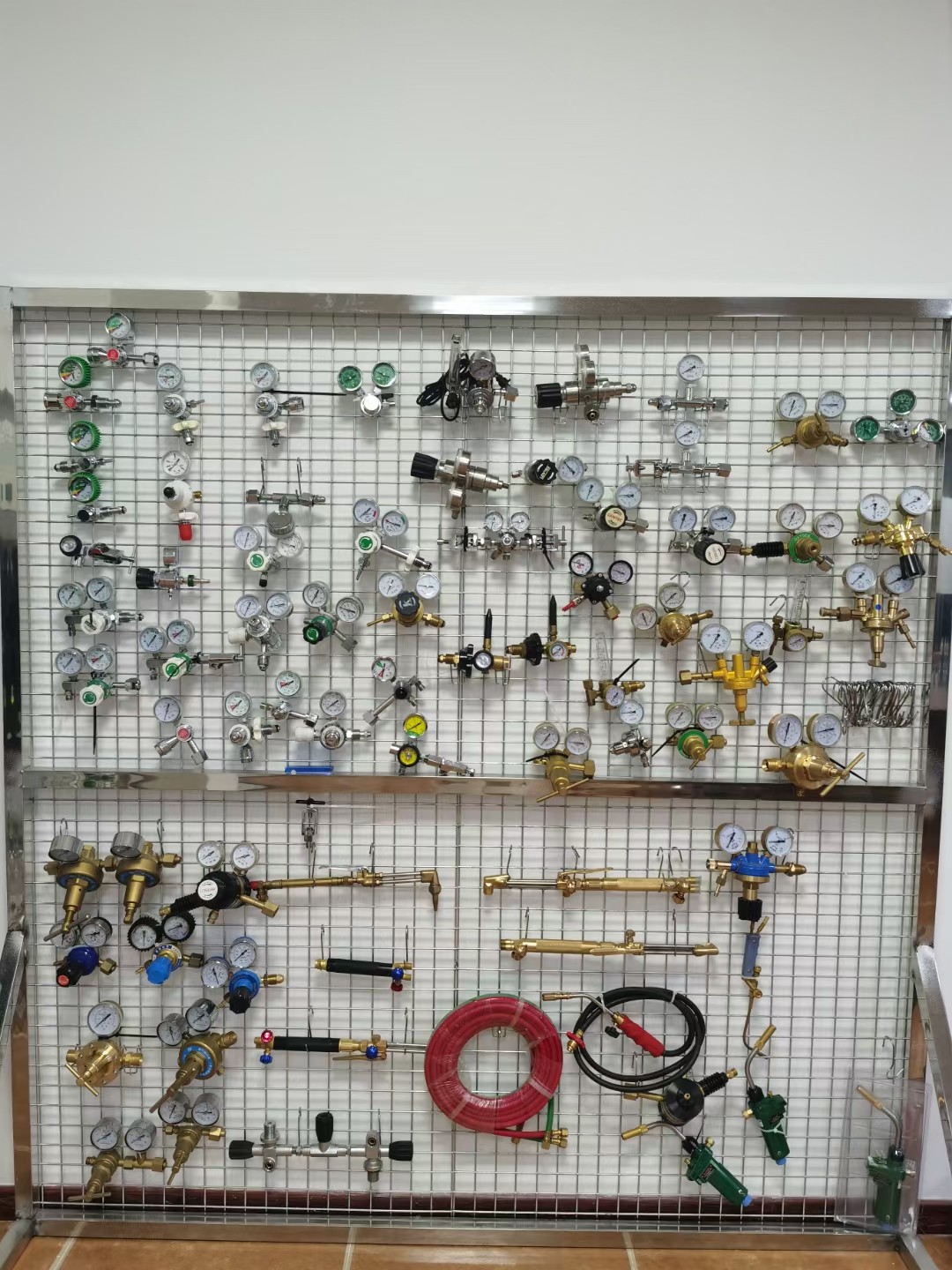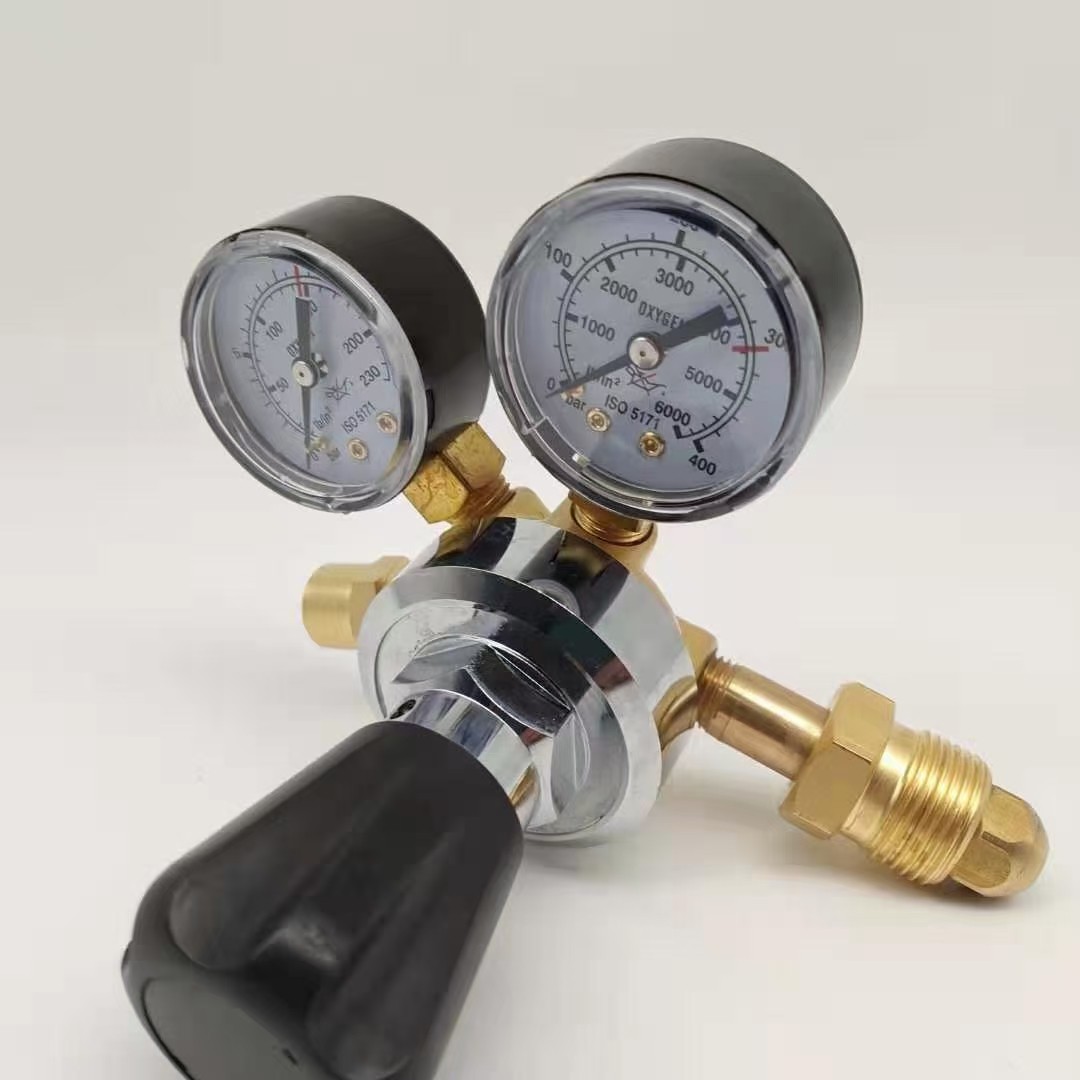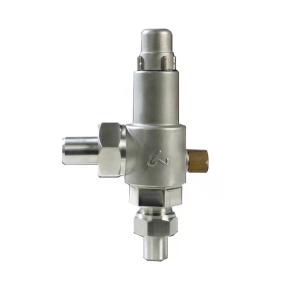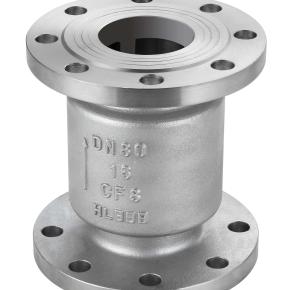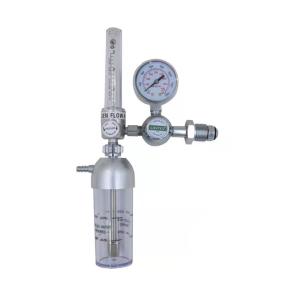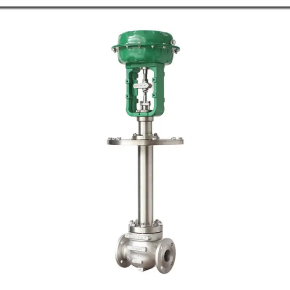Pressure Regulators for Industrial Gases
ASLI offers gas pressure regulators designed to safely reduce compressed gas pressure to a workable level. Our industrial grade gas pressure regulators deliver outstanding value by delivering cost-effective and reliable performance. When maintained properly, these gas pressure regulators provide many years of trouble-free service. Most are in stock and ready for next day shipping. Delivering cost-effective and reliable performance for industrial gases.
Materials
To help you make the correct choice, our Regulator Selection Guide is designed specifically to help you select the correct gas pressure regulator based on gas service and materials of construction.
General gas use
General purpose regulators commonly have elastomeric diaphragms and are most often used in conjunction with packed valves. These regulators are typically forged brass but may be stainless steel depending on the corrosivity of the gas. They are the regulator of choice when slight contamination or diffusion from an elastomeric diaphragm is not important. Brass regulators with stainless steel diaphragms prevent air diffusion and adsorption of gases on the diaphragm. This is particularly important with low concentration mixtures of hydrocarbons, where the trace component may be adsorbed on the elastomeric diaphragm. Regulators with Buna-N neoprene diaphragms are not suitable for GC analysis that can be affected by the diffusion of atmospheric oxygen through the elastomer diaphragm or the outgassing of monomers and dimers from the elastomer.
High-purity gas service
Specialty gases that are classified as high-purity or ultra-high-purity can be effectively delivered by regulators. High-purity regulators are typically made of brass and have stainless steel diaphragms. Ultra-high-purity regulators are typically constructed of brass or stainless steel bar stock, with convoluted stainless steel diaphragms having a metal-to-metal sealing without using backup O-Rings. Ultra-high-purity regulators used with highly corrosive gases typically have stainless steel diaphragms mechanically linked to the poppet assembly to provide additional sealing integrity.
A high-purity regulator equipped with a stainless steel diaphragm does not outgas organic materials. It also prevents the diffusion of atmospheric oxygen into the carrier gas, whereas Buna-N and neoprene diaphragms are permeable to oxygen.
Operating delivery pressure range
Determining the proper delivery pressure can be confusing. It is important to determine two application requirements: the gas pressure that is needed and the maximum pressure that the system may require (these two pressures may be the same). Then, select the regulator’s delivery pressure ranges so the desired pressures are between 5 and 90% of the regulator’s delivery range. A regulator’s performance is at its best within this range.
INQUIRY
CATEGORIES
LATEST NEWS
CONTACT US
Contact: Fang
Phone: 0086-180 7293 4264
E-mail: fang@hzasligas.com
Whatsapp:0086-180 7293 4264
Add: Yinhu Street, Fuyang District, Hangzhou City, Zhejiang Province, China
